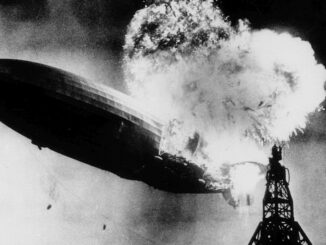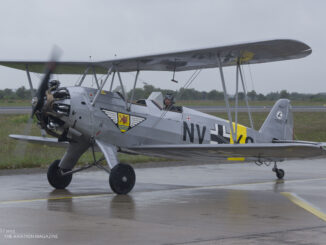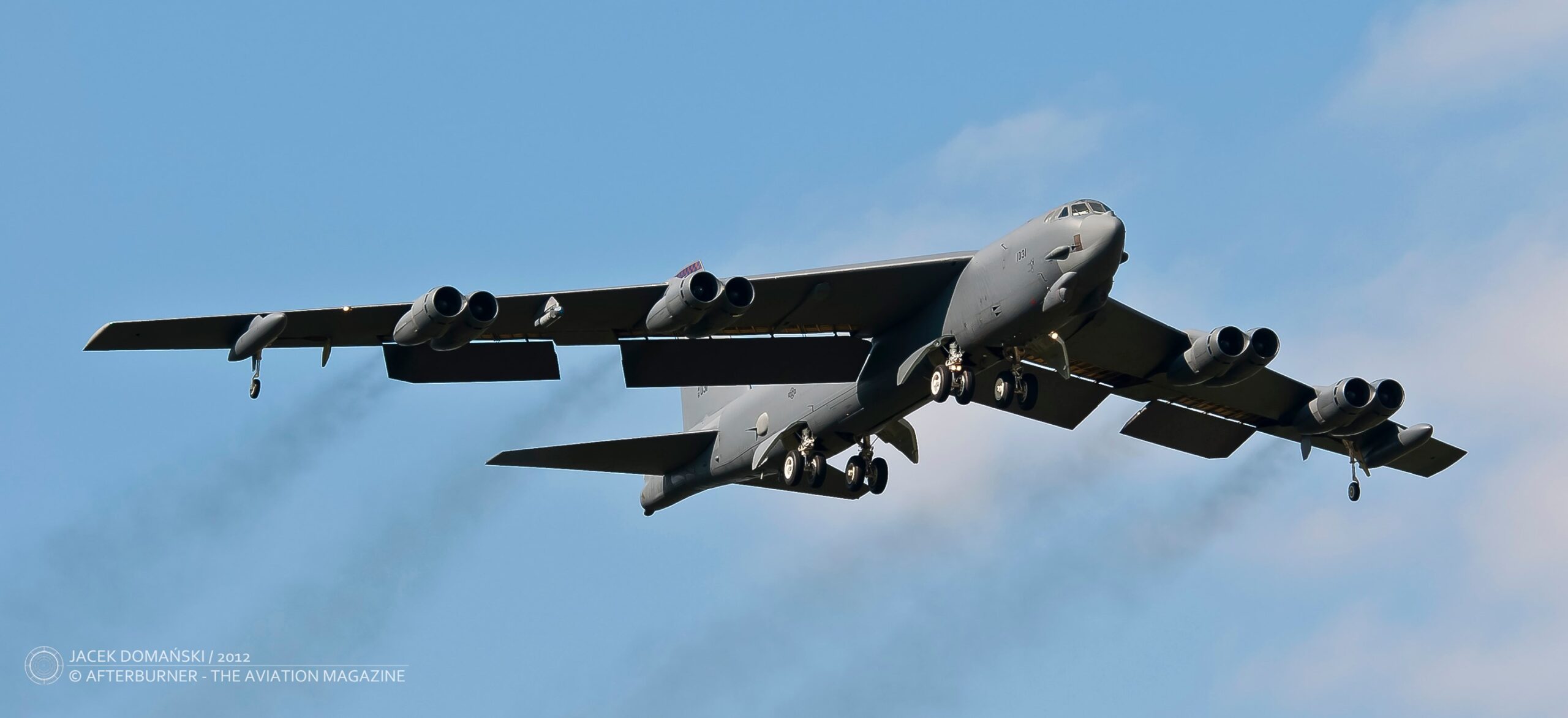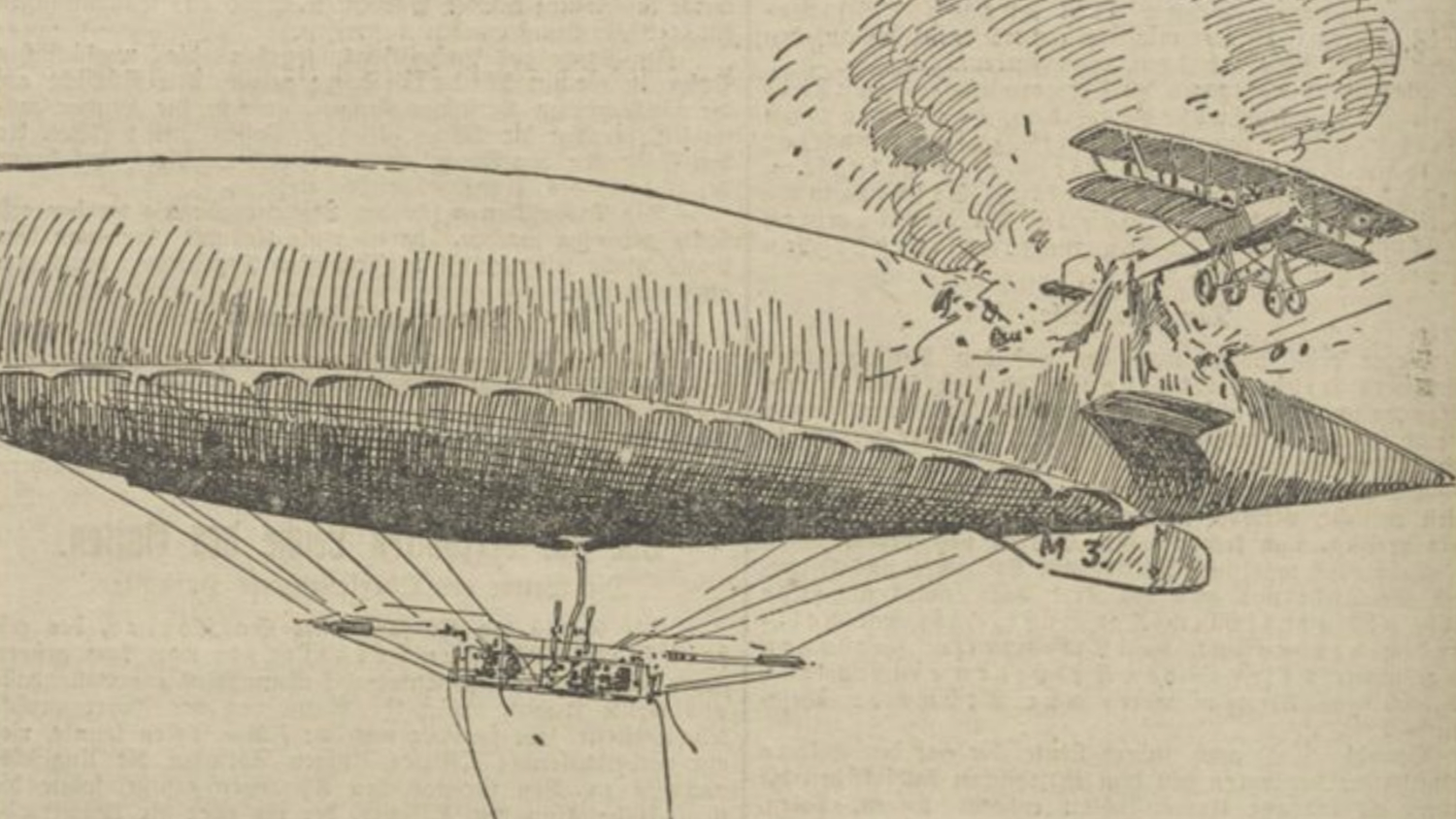 On 20th June 1914, two Austro-Hungarian aircraft, M.III Körting airship and Farman F.20 biplane, collided in mid-air near Fischamend, Lower Austria. As a result of the accident, both aircraft were destroyed and none of their crews survived.
On 20th June 1914, two Austro-Hungarian aircraft, M.III Körting airship and Farman F.20 biplane, collided in mid-air near Fischamend, Lower Austria. As a result of the accident, both aircraft were destroyed and none of their crews survived.
The M.III Körting was a non-rigid, single-gondola airship built in 1911 by Österreichische Maschinenbau-AG Körting in Vienna. It was the country´s third military dirigible but the first of domestic production – the first two Austro-Hungarian airships were respectively made in Germany and France.
The M.III performed its maiden flight on 1st January 1911 and since then was based at the Austro-Hungarian Militär-Aëronautischen Anstalt Fischamend (Military Aeronautical Institute Fischamend). The airship was sixty-eight metres long, with diameter of 10.5 metres and gas volume of 3,600 cubic metres. It was powered by two Körting engines, generating 75 hp each, and could reach the maximum speed of 57 kph.
During its military service, the M.III Körting was used for photogrammetry and radiotelegraphic research. The airship was equipped with a test model of Siemens & Halske radio station and then, in 1914, received a special made, one of a kind panoramic photogrammetry device designed by Theodor Sheimpflug.
On 20th June 1914, the M.III took-off from Fischamend for another photogrammetry mission. The airship crew consisted of Hauptman (captain) Johan Hauswirth as the commander, five airmen and a civil engineer. The specific flight course at an altitude between 300 and 500 metres, necessary for the photogrammetric work, had raised some concerns of the nearby Austro-Hungarian unit that sent an aeroplane to examine the dirigible.
That aeroplane was a Farman F.20 biplane, flew by crew of Oberleutnant und Feldpilot (the first lieutenant and pilot) Ernst Flatz as pilot and Fregattenleutnant (frigate lieutenant) Wolfgang Puchta.
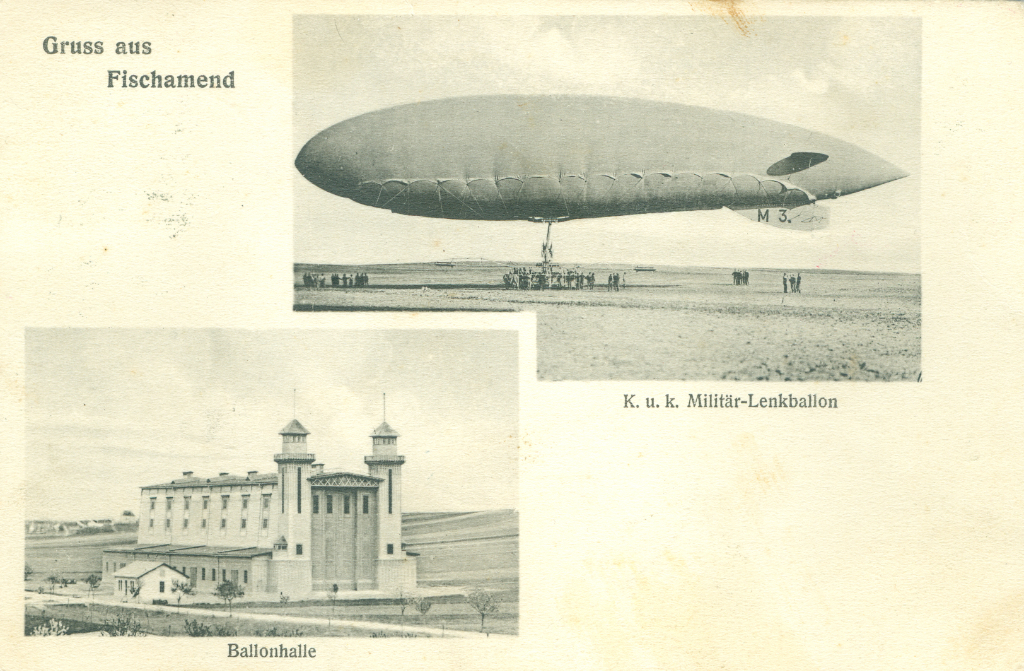
The issue was, Hauswirth and Flatz had met in the air several times before. Flatz was known as both a very good pilot and insubordinate daredevil. In the days prior to the accident, he already approached the M.III several times and performed dangerous stunts flying closely to the airship. According to the contemporary press that reportedly quoted some witnesses, Hauswirth already told Flatz he would be shot down next time he approach the airship too close.
On that fateful day, Flatz again flew closely to the airship in what looked like a simulated air attack. The aeroplane circled around the dirigible several times but suddenly tilted to the side, probably due to strong wind gust, and collided with the M.III. The left wing of the biplane tore out the airship envelope and caused ignition of the leaking gas.
The M.III began to fell down out of control and its crew began to climb on the top of the airship. Regrettably, shortly after explosion of the hydrogen gas followed, destroying the dirigible and killing its entire crew. At the same time, Flatz lost control on its aeroplane that overturned and crashed into the ground, killing both aviators on the spot.
Oberleutnant Flatz was officially found guilty of the disaster and, in addition, became a villain in the eyes of local press and general public. Soon after the Körting disaster, the Austro-Hungarian military authorities made the decision to abandon the country´s airship programme and to focus on heavier-than-air aircraft only.
Interesting fact is that some remains of the M.III Körting airship can be found in the collection of Vojenský historický ústav Praha (Military History Institute Prague – VHU). A few metal parts and envelope scraps were taken from the accident site by Hugo Novotný, the soldier of Czech nationality who served in the flying school in Fishamend. After the Great War, Novotný returned to then Czechoslovakia and donated the M.III remains for VHU in 1965.
Cover photo: Körting disaster as depicted in Illustrierte Kronen Zeitung, issued 21 June 1914.

